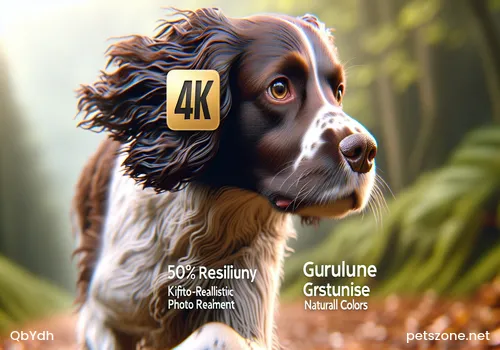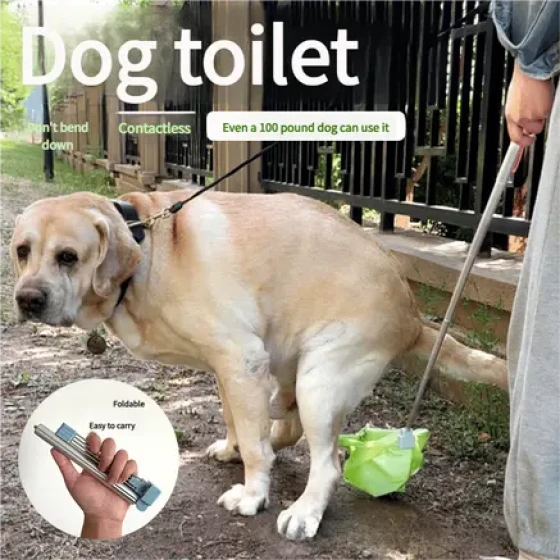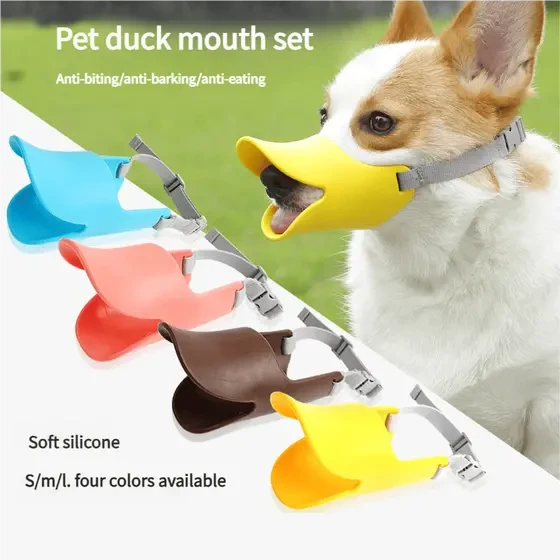How to Train Golden Retrievers Training Golden Retrievers from a Young Age

How to train Golden Retrievers, Golden Retrievers are very intelligent large dogs. Their intelligence definitely matches their good looks. With professional and systematic training, they can become guide dogs. If raised as family pets, proper training can make them excellent family companions.
Training Golden Retrievers from a young age
0-4 months: Do not let them go up and down stairs on their own. Be careful when getting in and out of cars; if the height from the ground is too high (such as the trunk), do not let them get on or off by themselves—carry them.
4-6 months: You can start taking them for walks (never let them run while being pulled by a bicycle or motorcycle), but do not walk too far at the beginning; gradually increase the walking distance.
Under 12 months: Never let Golden Retriever puppies play roughly with other dogs, especially large dogs. Their rapidly growing limbs are prone to injury. Do not take Golden Retriever puppies jogging, as this puts too much pressure on their not yet fully calcified bones. If you want to take them jogging after 12 months old, remember not to run too far at first, and gradually increase the distance.
Over 12 months: At 12 months old, Golden Retrievers are considered adults. Remember, they are hunting dogs and need proper outdoor exercise, suitable food, and care.
Swimming is a great exercise
Golden Retriever puppies like swimming, but must be gradually accustomed to water; it’s best if you get in the water with them. Before they sleep, be sure to dry them thoroughly, especially their ears to prevent infection. Some dogs are allergic to salt (sea water), so after swimming in the sea, rinse off the salt with fresh water as soon as possible.
Training Golden Retrievers to fetch shoes and carry newspapers
1. Let your dog slowly open its mouth, then give the command “bite,” and place a newspaper or other object in its mouth, gently supporting its chin until the dog understands to bite the object firmly.
2. Let your dog bite the object, then lead it forward with a leash, so it gets used to walking while holding the object. Once successful, remember to reward your dog. Repeat several times until proficient.
3. Finally, try loosening the leash and train your dog to go fetch objects for you from a distance.
4. The best training age for your dog is 6 months or older, but not too old that it can’t move well.
5. The key is to build a good foundation with obedience training such as walking alongside and sitting. Once your dog gets used to following your commands, it will naturally master other instructions as well.
6. Proceed step-by-step, break down the process into small parts, and train gradually. Each time your dog successfully performs a task, give encouragement and repeat training until proficient.
7. Never hit your dog; train with commands. Use a firm tone like your parents did when you were young for giving commands, but a gentle tone for encouragement, like when you were grown up dating.
8. Allow your dog to rest. If you feel tired, you might take supplements, but your dog doesn’t need them. Train each action for a maximum of 15 minutes per day or it will become bored and tired.
Cultivating the loyal personality of Golden Retrievers
1. Affection is essential and can cultivate obedience
When grooming your dog, touch not only the head and back but also sensitive areas like ears and paws to help it gradually get used to being touched. This will make brushing teeth and cleaning ears easier. Also, if your puppy lies on its back exposing its belly, it means it has “submitted” or is being affectionate; you should gently pet it to cultivate obedience. Groom your dog regularly from puppyhood to help it understand grooming is enjoyable.
2. Let it socialize with people and other animals to develop social skills
If it only interacts with family at home, it will feel nervous in new environments. To develop a cheerful social skill, let it have lots of contact with people and other animals from a young age to accumulate social experience. When letting it meet other dogs, start with gentle dogs to avoid fear, then gradually introduce other dogs. Let your dog play and get familiar with dog communication.
3. Play and communicate with it using language to help it get used to humans
Talk to it while playing so it realizes humans are not scary. Soon, it will develop strong trust in its owner.

-560x560.webp)

